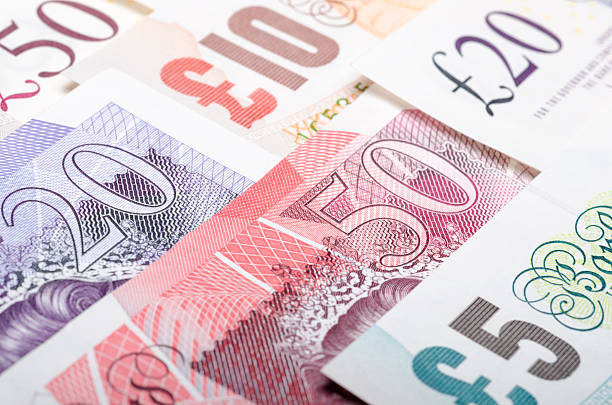USD/CAD trades with modest losses around mid-1.3500s amid rebounding Oil prices

- USD/CAD kicks off the new week on a softer note, though it lacks follow-through selling.
- An uptick in Oil prices underpins the Loonie and exerts downward pressure on the major.
- A modest USD strength might hold back bears from placing aggressive bets and limit losses.
The USD/CAD pair struggles to capitalize on Friday's strong intraday rally of over 100 pips and trades with a mild negative bias around mid-1.3500s during the Asian session on Monday. The downtick is sponsored by a modest rise in Crude Oil prices, though a combination of factors should help limit deeper losses.
Crude Oil prices move away from the lowest level since June 2023 touched on Friday amid the forecast of a potential hurricane approaching the northwestern US Gulf Coast, which accounts for 60% of US refining capacity. This, in turn, is seen underpinning the commodity-linked Loonie and exerting some downward pressure on the USD/CAD pair. That said, a weaker Canadian jobs report released on Friday raised hopes for additional interest rate cuts by the Bank of Canada (BoC) and should cap gains for the domestic currency.
Meanwhile, Friday's mixed US employment details provided evidence of a sharp deterioration in labor market. This, along with reduced bets for a larger interest rate cut by the Federal Reserve (Fed), tempers investors' appetite for riskier assets and drives some haven flows towards the US Dollar (USD). This might further hold back traders from placing aggressive bearish bets around the USD/CAD pair, making it prudent to wait for strong follow-through selling before positioning for any further depreciating move.
Moving ahead, there isn't any relevant market-moving economic data due for release on Monday, either from the US or Canada, leaving the USD at the mercy of the broader risk sentiment and the US bond yields. Apart from this, Oil price dynamics should influence the Canadian Dollar (CAD) and contribute to producing short-term trading opportunities around the USD/CAD pair.
Risk sentiment FAQs
What do the terms'risk-on' and 'risk-off' mean when referring to sentiment in financial markets?
In the world of financial jargon the two widely used terms “risk-on” and “risk off'' refer to the level of risk that investors are willing to stomach during the period referenced. In a “risk-on” market, investors are optimistic about the future and more willing to buy risky assets. In a “risk-off” market investors start to ‘play it safe’ because they are worried about the future, and therefore buy less risky assets that are more certain of bringing a return, even if it is relatively modest.
What are the key assets to track to understand risk sentiment dynamics?
Typically, during periods of “risk-on”, stock markets will rise, most commodities – except Gold – will also gain in value, since they benefit from a positive growth outlook. The currencies of nations that are heavy commodity exporters strengthen because of increased demand, and Cryptocurrencies rise. In a “risk-off” market, Bonds go up – especially major government Bonds – Gold shines, and safe-haven currencies such as the Japanese Yen, Swiss Franc and US Dollar all benefit.
Which currencies strengthen when sentiment is 'risk-on'?
The Australian Dollar (AUD), the Canadian Dollar (CAD), the New Zealand Dollar (NZD) and minor FX like the Ruble (RUB) and the South African Rand (ZAR), all tend to rise in markets that are “risk-on”. This is because the economies of these currencies are heavily reliant on commodity exports for growth, and commodities tend to rise in price during risk-on periods. This is because investors foresee greater demand for raw materials in the future due to heightened economic activity.
Which currencies strengthen when sentiment is 'risk-off'?
The major currencies that tend to rise during periods of “risk-off” are the US Dollar (USD), the Japanese Yen (JPY) and the Swiss Franc (CHF). The US Dollar, because it is the world’s reserve currency, and because in times of crisis investors buy US government debt, which is seen as safe because the largest economy in the world is unlikely to default. The Yen, from increased demand for Japanese government bonds, because a high proportion are held by domestic investors who are unlikely to dump them – even in a crisis. The Swiss Franc, because strict Swiss banking laws offer investors enhanced capital protection.





